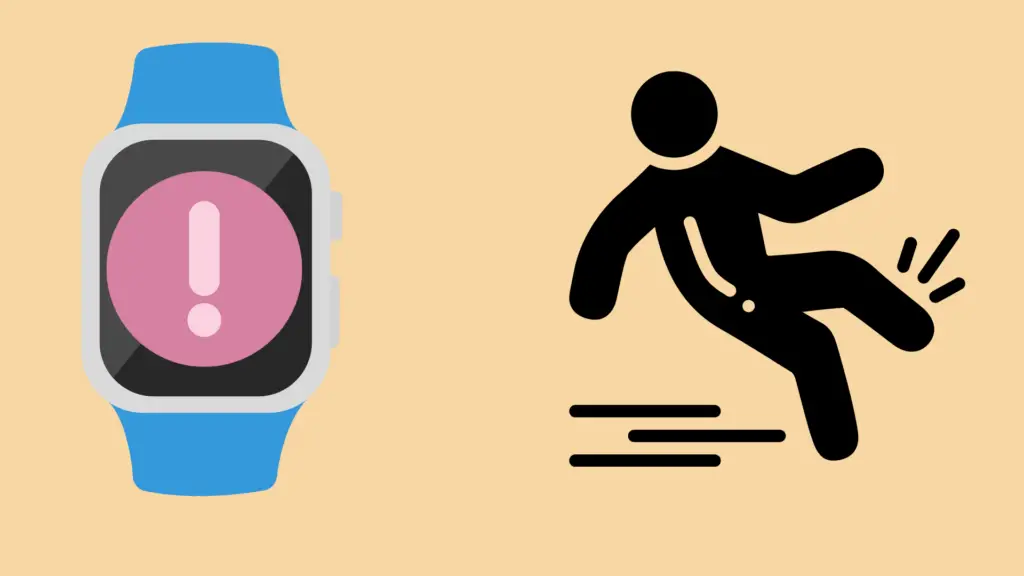Does Fitbit Have Fall Detection?

Fitbits are a great way to stay in shape and track your activity throughout the day. But if you have a condition that puts you at a higher fall risk, you may be understandably nervous to partake in some of the physical activity that you used to do with ease.
While Fitbits may be the solution you’ve been looking for to get back into the routine of working out, can it help you in the case you sustain a fall? Read on while we answer the question, does Fitbit have fall detection?
The short answer is no. Fitbit does not have fall detection integrated into its devices. However, if you do own a Fitbit Iconic or a Fitbit Versa, you will be able to integrate fall detection using third-party apps such as Better Alerts.
Better Alerts is a feature that you can pair with your Fitbit device. Make sure your Bluetooth is connected to make sure this feature is working with your device at all times. You can connect Better Alerts while you are setting up your Fitbit, or it can be added after the fact. Setup should take no longer than 10 minutes.
So – Why Exactly Should I Be Interested in Fall Detection?
Fall detection is a great benefit for anyone who is working out on their own – you never know when you may encounter rocky terrain, or roll onto your ankle, or trip over a curb. But fall detection is an especially important feature if you currently live with a condition that puts you at higher risk of falling.
Additionally, if you are of a certain age, your risk of falling begins to increase naturally. In fact, 1/3 of the population over 65 sustains a fall each year. Every 11 seconds, an older adult is admitted to the hospital because of a fall-related injury.
Some symptoms and conditions that may put you at higher risk of sustaining a serious fall include, but are not limited to:
- Arthritis or other types of joint pain
- Vertigo or general dizziness
- Parkinson’s disease
- Heart disease
- Alzheimer’s disease
- Diabetes
- Fatigue
- Impaired vision
- Impaired balance or gait
- Lifestyle (sedentary day-to-day)
- History of heart attack or stroke
- History of falls
What Happens If I Sustain a Fall While Wearing my Fitbit?
As previously mentioned, Fitbit does not have this feature integrated out of the box. However, you will be able to add it to your Fitbit Iconic or Fitbit Versa through third-party apps such as Better Alerts.
As stated by Better Alerts, “When a fall is detected by the Fitbit Smart Watch™ (Ionic & Versa), a Google Maps™ link is sent to the Caregiver and all Emergency Contacts immediately letting them know that the user has fallen and where they are located.”
No matter the case, once you have fall detection linked to your device, it will send a notification to your emergency contacts with your location, so they’ll know exactly where to find you. In certain cases, you can also decide to have your Fitbit send for an emergency vehicle in the case of a fall, if you have a history of serious fall-related injuries or a condition that could be serious if not addressed directly following a fall.
Again, it is important to note that your LTE and/or Bluetooth must be connected in order for these features to work properly. If not, your Fitbit might not be able to detect your fall, and an incident report might not end up getting sent to your emergency contacts.
How Does Fitbit Technology and Fall Risk Detection Work?
You may be wondering how exactly Fitbit technology tracks all of your activity progress. This is a fair question, especially if you are worried about the potential of a fall not being accurately detected. With such a small device, it can be baffling to think about just how many intricacies go into this physical activity tracker.
As stated by Jameco Electronics, “The Fitbit uses a 3-axis accelerometer that can track the number of steps taken, in addition to a few other features such as distance traveled, calories burned, and number of floors climbed. An accelerometer is an electromechanical device that measures acceleration forces. When used in the Fitbit, the accelerometer senses movement or vibrations. The more sensitive an accelerometer is, the more movement it can sense.”
Because of the sensitivity of the accelerometer within Fitbits and other smartwatches, they are therefore able to easily track movement – or lack thereof – and can detect abnormal changes in movement, such as increased acceleration followed by stillness or minor movements, therefore indicating a fall that must be addressed. When your Fitbit detects this, an incident report will immediately be sent to your emergency contacts and/or emergency services, if you have your device integrated with a third-party app.





